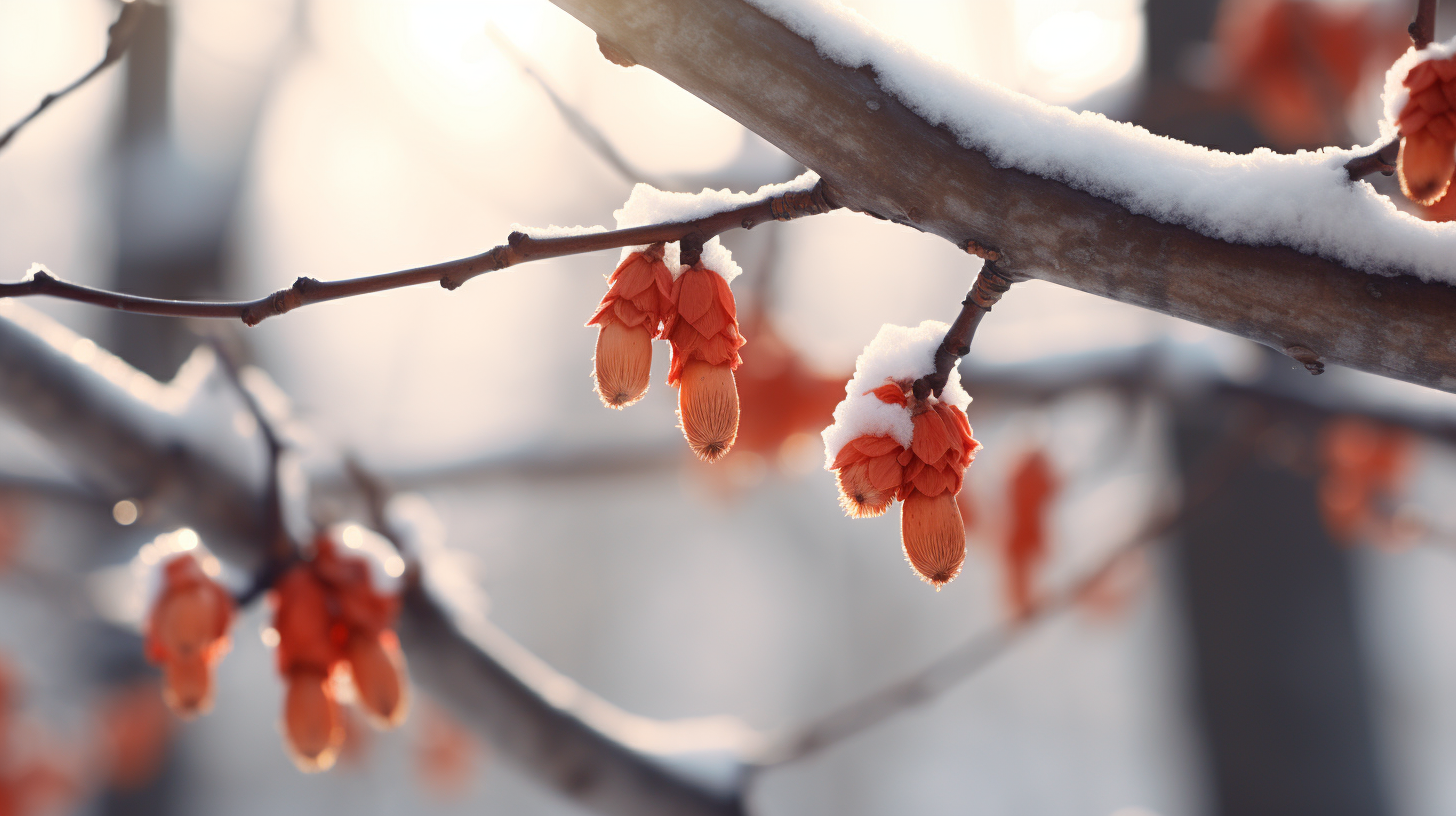
How deep is the sleep of tree buds in winter? A more erratic sleep for deciduous trees than previously thought is discovered. A new study by Romain Garrigues and co-authors showed that while the absence of winter cold can keep trees asleep longer, autumn warming can cause an early wake-up.
- A new study found that deciduous tree buds have a more erratic sleep cycle in winter than previously thought.
- Warm temperatures in autumn can cause early wake-up of buds, while lack of cold keeps buds asleep longer.
- The research shows the complex effects of warming on dormancy depth and spring budburst, advancing and delaying bud opening.
Garrigues explains: “Bud dormancy of deciduous trees is generally considered a period when buds are closed and sleeping. We know that dormancy could be influenced by climate change and in particular by warming trends. An elevated temperature could disrupt bud development by decreasing the cold temperature exposure (chilling accumulation) and subsequently prolonging the time required for bud opening (spring budburst).”
For two years, Garrigues’ new study analyzed the effect of fall warming on the bud winter dormancy (endodormancy) of European beech (Fagus sylvatica L.). Throughout experiments, chilling was consistently diminished, yet the response of dormancy depth (indicating how profoundly buds are sleeping) and spring budburst exhibited variability between years. Findings unveiled a potential dual effect of warming on bud development – both delaying and advancing bud opening in spring, related to the dormancy depth.
Romain: “This discrepancy could potentially be attributed to variations in senescence onset and in the exposure to warmer temperatures. The research sheds light on the complex relationship between warming temperatures and bud development during autumn and winter, prompting a deeper understanding of the potential consequences for European beech trees.”

